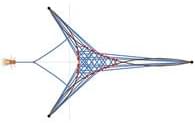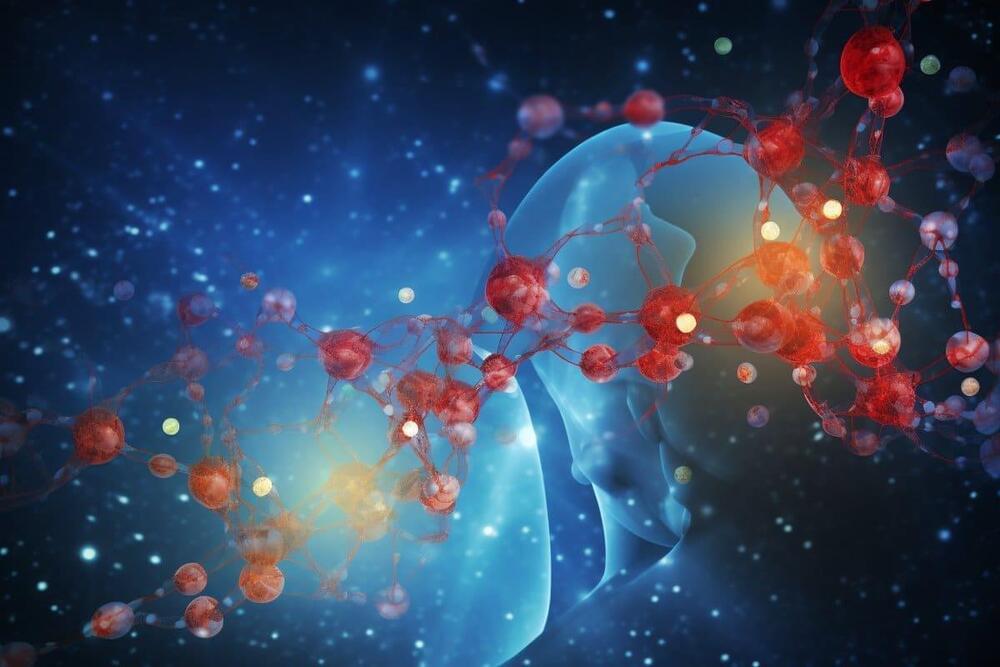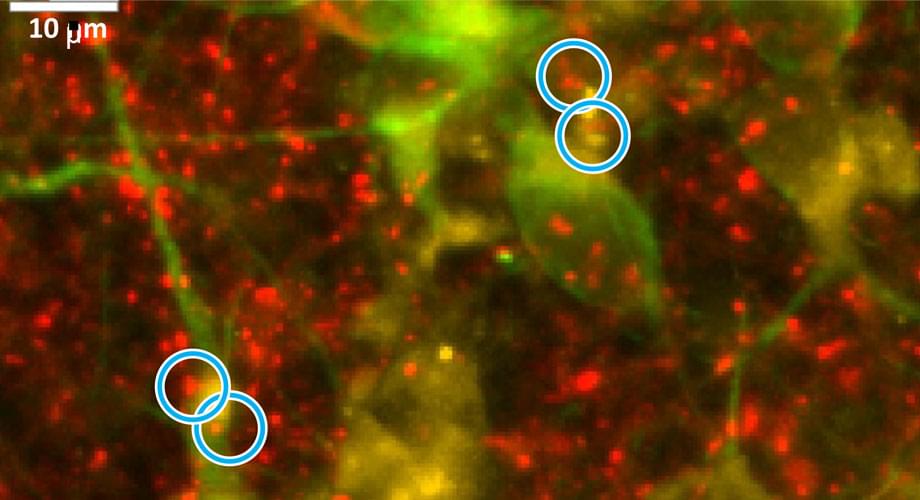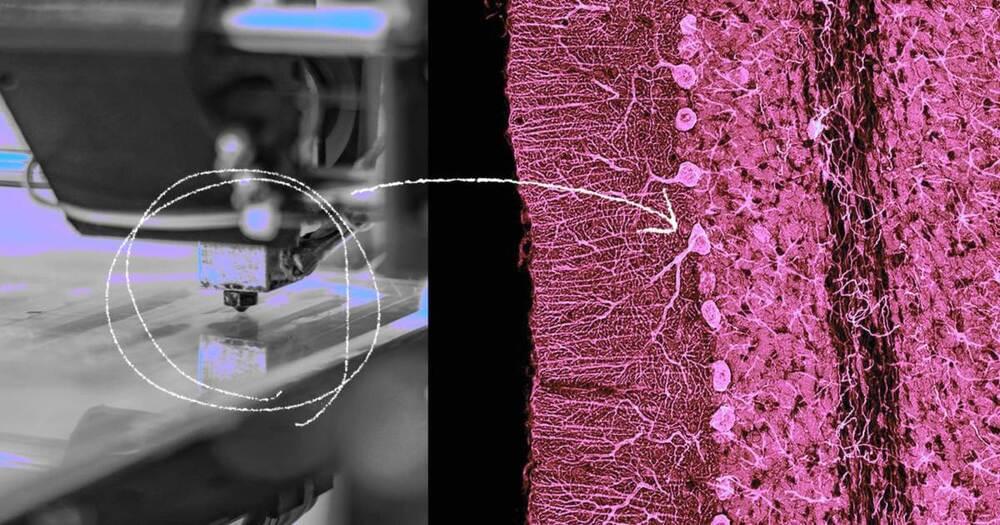Feb 14, 2024
Brain Mapping With Novel Rabies Viral Vectors
Posted by Jose Ruben Rodriguez Fuentes in categories: biotech/medical, life extension, neuroscience, robotics/AI
Summary: Researchers developed 20 novel recombinant rabies viral vectors that present unparalleled advantages for neural circuit mapping in aging and Alzheimer’s disease studies. These vectors are engineered to highlight microstructural changes in brain neurons through enhanced fluorescent proteins, offering insights into neural networks at both micro and macro scales.
The vectors’ unique ability to target specific neuron components and perform live imaging makes them potent tools for dissecting neural circuitry in healthy and diseased states. This innovation opens new pathways for targeted treatment strategies and will be shared with the neuroscience community through UCI’s Center for Neural Circuit Mapping.
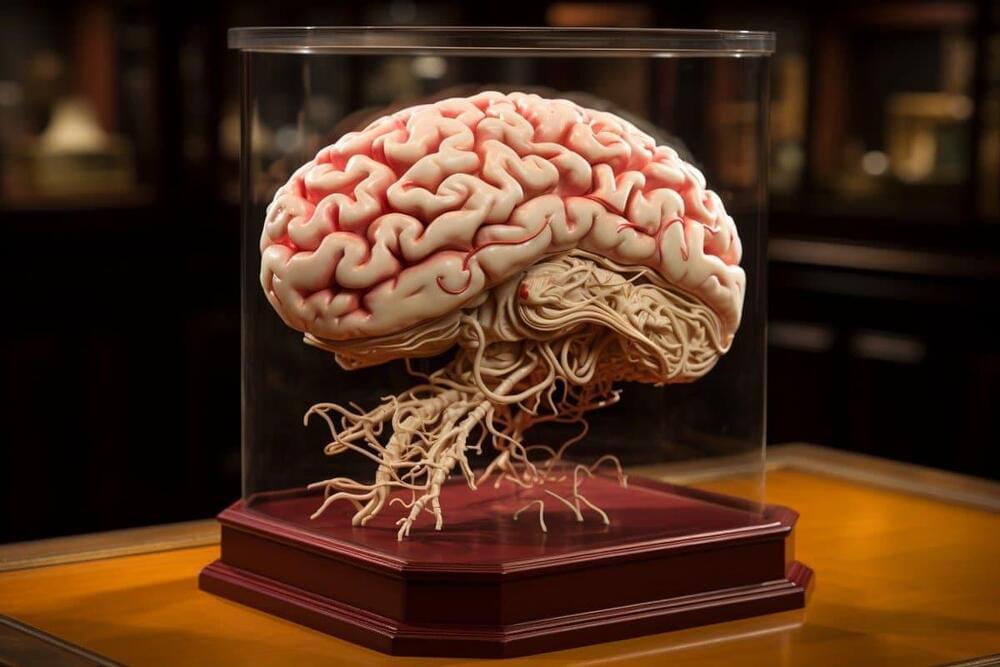

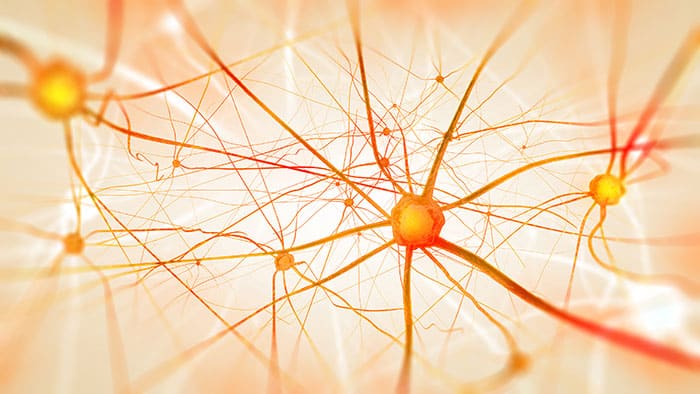 Consciousness appears to arise naturally as a result of a brain maximizing its information content. So says a group of scientists in Canada and France, which has studied how the electrical activity in people’s brains varies according to individuals’ conscious states. The researchers find that normal waking states are associated with maximum values of what they call a brain’s “entropy”
Consciousness appears to arise naturally as a result of a brain maximizing its information content. So says a group of scientists in Canada and France, which has studied how the electrical activity in people’s brains varies according to individuals’ conscious states. The researchers find that normal waking states are associated with maximum values of what they call a brain’s “entropy”
